[趣闻,科普] 宇宙薯(宇宙イモ, 宇宙芋, Dioscorea bulbifera):一类空气土豆air potato
宇宙薯: 宇宙イモ, 宇宙芋,
更可能能是 Dioscorea bulbifera f. domestica
https://m.baidu.com/bh/m/detail/ar_9122296028695240278
“宇宙薯”是一种来自日本的小众栽培植物,在国内部分园艺爱好者中流行,日本国内称“宇宙芋(宇宙イモ)”,食用部位为“零余子”,相当于“山药豆”。其状古怪,如来自宇宙深处的陨石,故名。看叶的形态和“零余子”的颜色、质地,酷似薯蓣属的黄独/D. bulbifera,但黄独的“零余子”多球形或卵圆形,没长成这模样的。前几天查证了一下,其拉丁文名为D. bulbifera f. domestica,原来还真是黄独(的栽培型)。
https://m.baidu.com/bh/m/detail/ar_9122296028695240278
https://botanica-media.jp/3890
宇宙芋(何首鳥芋,カシュウイモ),即 Air Potato,学名 Dioscorea bulbifera,原产地东南亚(原産地 東南アジア)。
https://botanica-media.jp/3890
所以,日本的“宇宙薯,宇宙イモ, 宇宙芋”就是来东南亚的“空气土豆,Air Potato, Dioscorea bulbifera”。
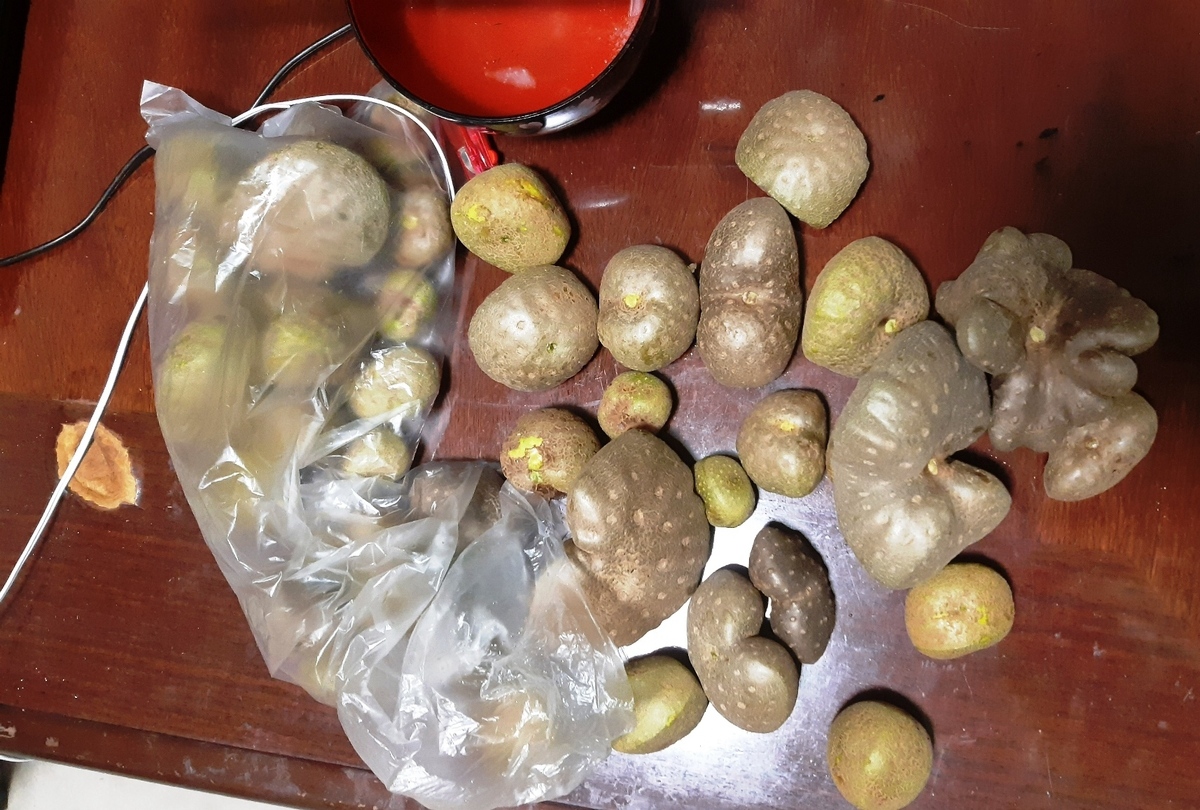
图1 宇宙イモ 01 20201103174307.jpg
https://cdn-ak.f.st-hatena.com/images/fotolife/a/adayasu/20201103/20201103174307.jpg
https://adayasu.hatenablog.com/entry/20201114/1605358218

图2 宇宙イモ 02 21710679-2.webp
https://i2.wp.com/promart.jp/wp-content/uploads/2019/10/21710679-2.jpg?w=1200&ssl=1

图3 宇宙イモ 03 21710679.webp
https://i2.wp.com/promart.jp/wp-content/uploads/2019/10/21710679.jpg?w=1200&ssl=1
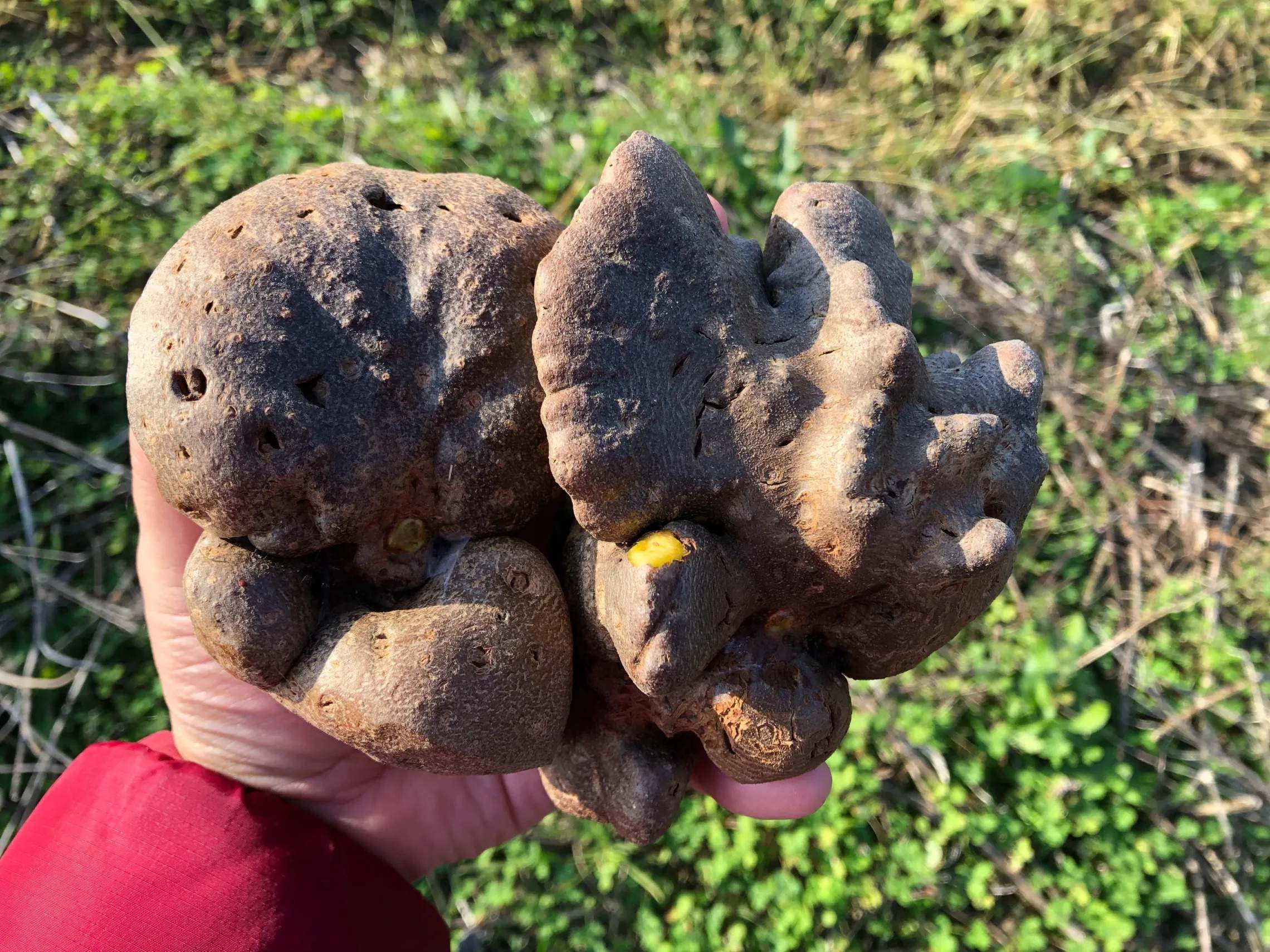
图4 宇宙イモ 04 F66A7C56-9B70-4244-8ABF-23F8528DE1B3.webp
http://mugiwaradonguri.com/imo191212/
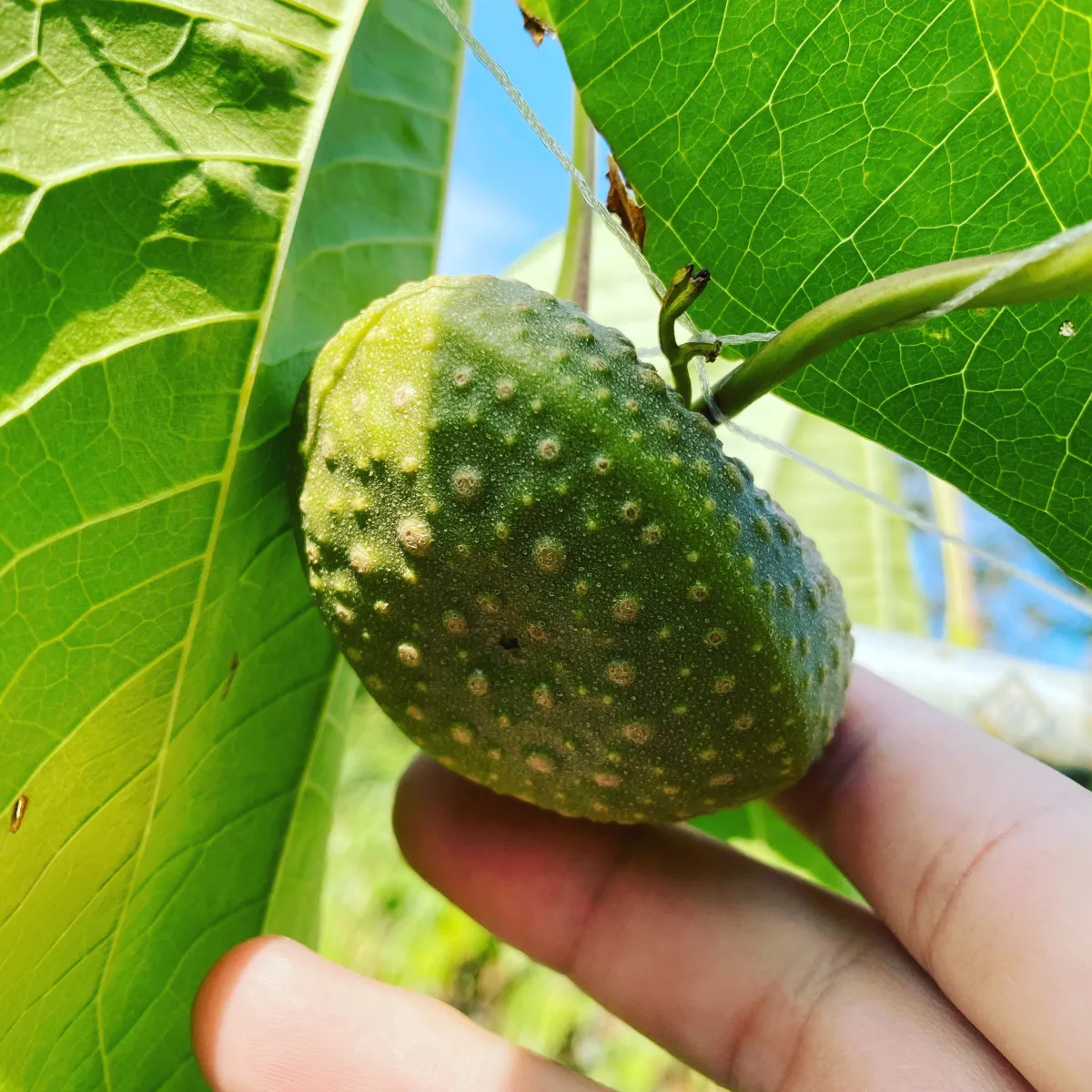
图5 宇宙イモ 05 6eced716-4439-4167-b47f-c19efd472728.webp
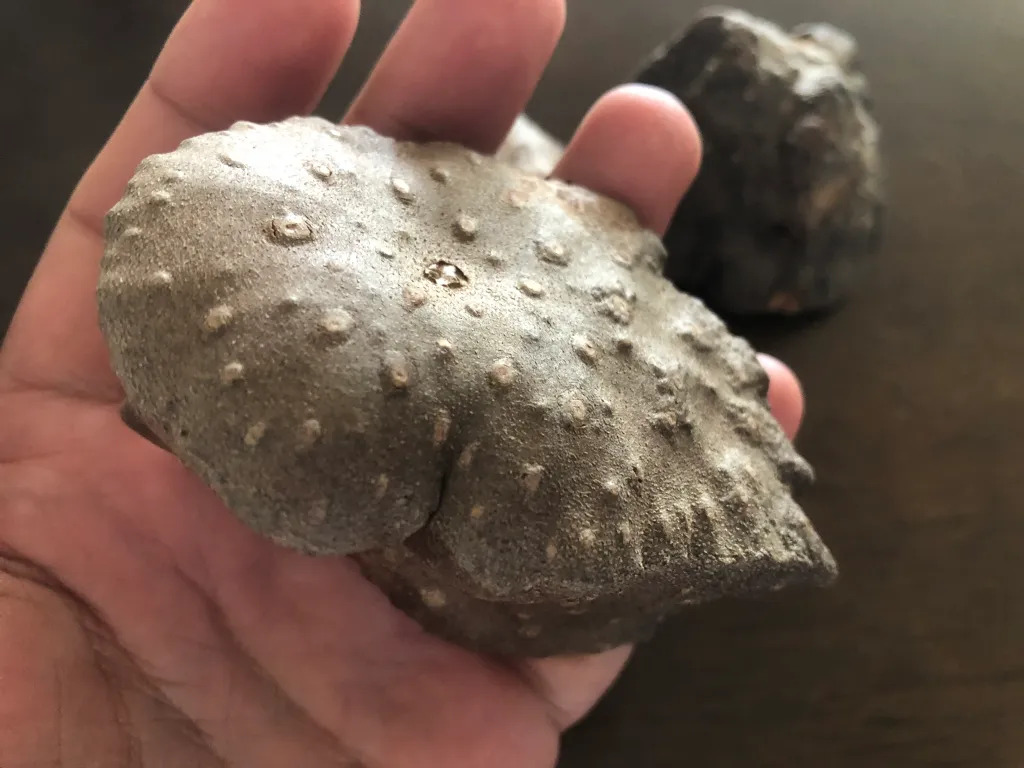
图6 宇宙イモ 06 1CD9BC3C-2939-41CD-9EA7-A549ADE53163.webp
http://mugiwaradonguri.com/uchu181027/
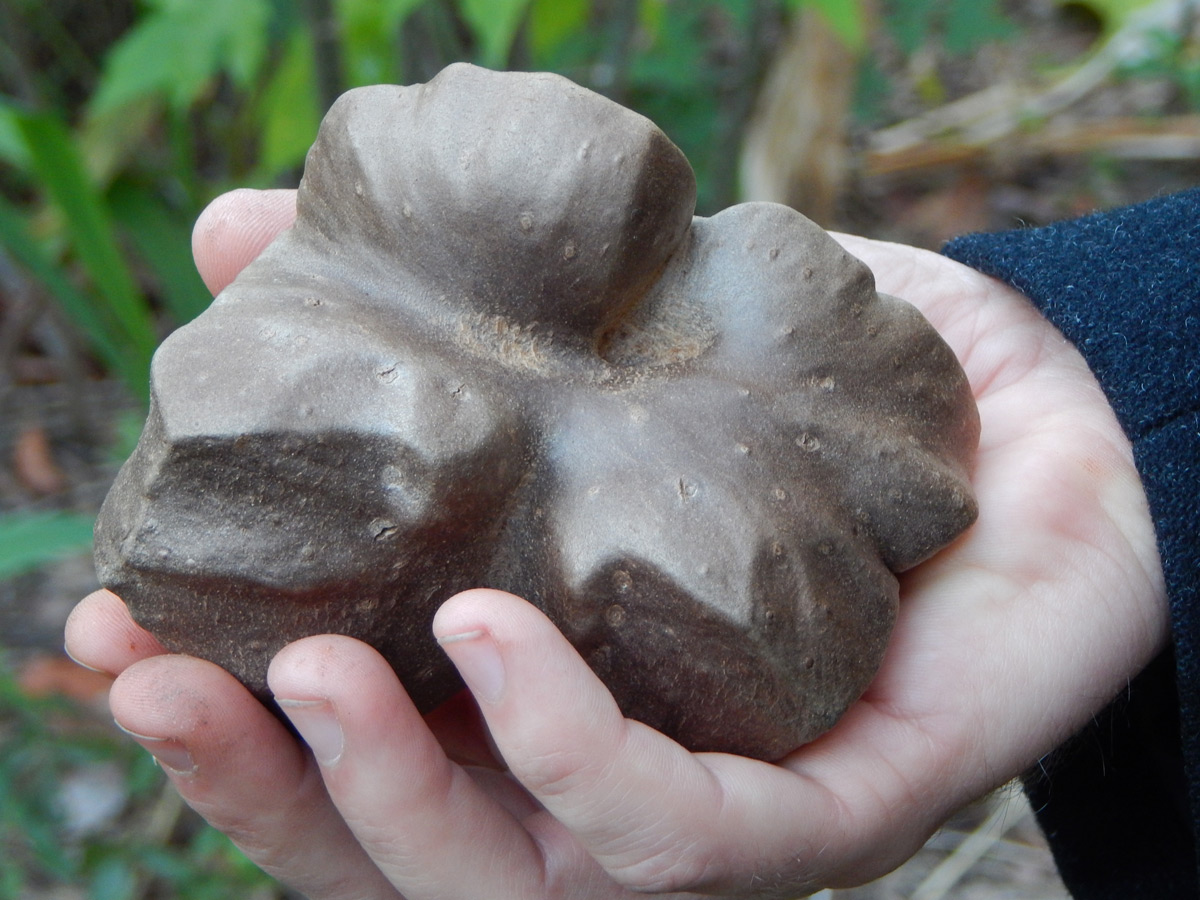
图7 宇宙イモ 07 Edible_Dioscorea_Bulbifera1-1.jpg
https://thesurvivalgardener.com/wp-content/uploads/2015/12/Edible_Dioscorea_Bulbifera1-1.jpg
https://thesurvivalgardener.com/beauty-edible-dioscorea-bulbifera/
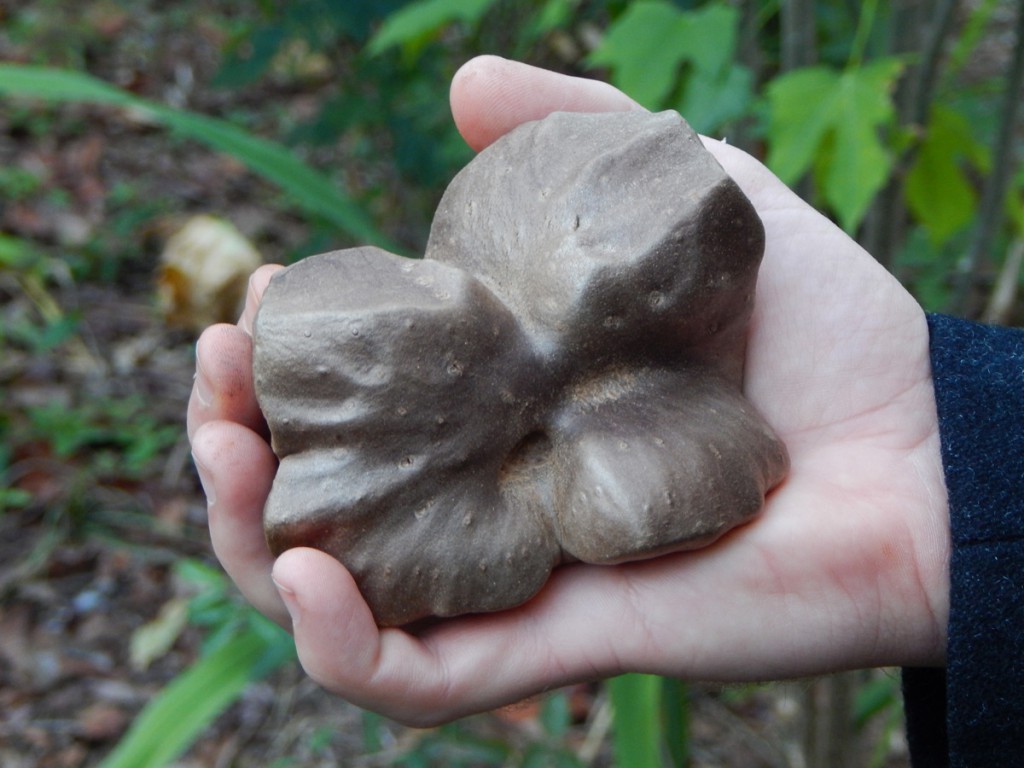
图8 宇宙イモ 08 Edible_Dioscorea_Bulbifera3-1024x768.jpg
https://thesurvivalgardener.com/wp-content/uploads/2015/12/Edible_Dioscorea_Bulbifera3-1024x768.jpg
https://thesurvivalgardener.com/edible-dioscorea-bulbifera/

图9 宇宙イモ 09 i-img1200x1200-17078943071ohywx420537.jpg

图10 宇宙イモ 10 i-img1200x1200-1707894503lwhhau289507.jpg
参考资料:
[1] 百度,2022-01-11,薯or芋,命名的“潜规则”?
https://m.baidu.com/bh/m/detail/ar_9122296028695240278
“宇宙薯”是一种来自日本的小众栽培植物,在国内部分园艺爱好者中流行,日本国内称“宇宙芋(宇宙イモ)”,食用部位为“零余子”,相当于“山药豆”。其状古怪,如来自宇宙深处的陨石,故名。看叶的形态和“零余子”的颜色、质地,酷似薯蓣属的黄独/D. bulbifera,但黄独的“零余子”多球形或卵圆形,没长成这模样的。前几天查证了一下,其拉丁文名为D. bulbifera f. domestica,原来还真是黄独(的栽培型)。
[2] 百度,2020-03-20,新奇藤本植物日本宇宙薯,形似陨石,可蒸炸炒炖
https://baijiahao.baidu.com/s?id=1661670975126674043
其果实形状、大小不规则,单块重50~500克,果肉黄色,味甘脆嫩,具有像笋一样的香味。花开一串串,如桂花般清新素雅。叶片直径最大可达20厘米,青绿繁茂,栽植时可搭棚或拉网,它能像葡萄、紫藤一样爬满整个夏天。
盆栽地栽均可,花期7-9月,果期9-11月,每株可结果实几十个,地下球茎和果实均可食用,蒸食、油炸、炒食或用来炖汤均可。宇宙薯原产东南亚地区,与黄独同为薯蓣科植物,果子相对于黄独要光滑很多,并且无毒!!!黄独有毒性的中药,切勿贪图便宜导致自己健康受损。
[3] 自然と暮らそう麦わら日和,2018-10-27,期待の協生野菜「エアーポテト(宇宙いも)」&「ほど芋(アピオス)」
http://mugiwaradonguri.com/uchu181027/
[4] 宇宙いも,【日光種苗オンラインショップ【本店】】
http://nikkoseed.co.jp/item/vegetable/potato-air.html
食べ方
ムカゴの皮を厚めに剥いて利用します。
炊き込みごはん、けんちん汁、コロッケ、カレーなどに。
ジャガイモやサトイモのように利用します。
地中のいもはとろろ汁や磯部揚げなどに。
ヤマイモと同様の使い方で利用できますがヤマイモほどの粘りはでませんので、とろろご飯としては物足りないかもしれません。
吃法
【机器翻译】剥去厚皮。
用于烹饪,米糕,炸丸子和咖喱。
它就像土豆或芋头。
地下的芋头是山药汁和矶部炸等。
虽然可以用和山药一样的使用方法使用,但是没有山药那么粘, 所以作为山药饭可能不够。
[5] 沖縄県,2024-02-13,宇宙芋(エアーポテト)栄養、活用法、そしてその魅力を徹底解説
https://onnanoeki.com/charm/6642/
宇宙芋のおすすめレシピ
宇宙芋を使った炊き込みご飯や、フライドエアーポテトなど、誰でも簡単に作れるおすすめレシピをご紹介します。
【机器翻译】宇宙芋头的推荐食谱
介绍使用宇宙芋头制作的煮饭、炸薯条等谁都能简单制作的推荐食谱。
[6] 跡見群芳譜巻四, 農産譜, 2007+, かしゅういも (何首烏芋)
http://atomigunpofu.jp/ch4-vegitables/kashuuimo.htm
学名 Dioscorea bulbifera f. domestica(cv. Domestica)
英名 Air potato, Aerial yam, Potato yam
ニガカシュウ(苦何首烏) D. bulbifera(黃獨)の栽培品。
[7] Useful Tropical Plants, 2024-10-13, Dioscorea bulbifera
https://tropical.theferns.info/viewtropical.php?id=Dioscorea+bulbifera
https://tropical.theferns.info/image.php?id=Dioscorea+bulbifera
[8] CABI Digital Library, 2024-10-25, Dioscorea bulbifera (air potato)
https://www.cabidigitallibrary.org/doi/10.1079/cabicompendium.19295
This species is a fast-growing plant that can be dispersed by seed, underground tubers and bulbils which sprout forming new plants (Hammer, 1998; Moriwasa, 1999).
该物种是一种快速生长的植物,可以通过种子、地下块茎和珠芽传播,形成新的植物(Hammer,1998;Moriwasa,1999)。
Means of Movement and Dispersal
Dioscorea bulbifera spreads by seeds, underground tubers and bulbils. Seeds are dispersed by wind - hurricane winds can disperse bulbils. The underground tubers and bulbils sprout in the spring (i.e. March in the northern hemisphere) or with the first rains of the rainy season (Moriwasa, 1999). This species uses the dead stems from the previous year as a “trellis” to climb into the forest canopy looking for sunlight (Langeland et al., 1998; Miller, 2003). Bulbils are from the leaf axils until the plant matures, and they can last a year or more on the ground waiting for suitable environmental conditions to sprout. Sprouting can also occur without soil contact. Bulbils can float in water, suggesting that flood-waters may be a form of dispersal for this species (Hammer, 1998). However, the ability to float might be a reflection of bulbil maturity (Coursey, 1967), as studies conducted in Florida found that most D. bulbifera bulbils sank in water - bulbil maturity was not reported (Air Potato Task Force (APTF), 2014).
移动和分散方式
盾叶薯蓣通过种子、地下块茎和珠芽传播。种子被风吹散——飓风可以吹散珠芽。地下块茎和珠芽在春季(即北半球的三月)或雨季的第一场降雨时发芽(Moriwasa,1999)。该物种利用前一年的死茎作为“棚架”爬入森林树冠寻找阳光(Langeland等人,1998;Miller,2003)。鳞茎从叶腋开始生长,直到植物成熟,它们可以在地面上持续一年或更长时间,等待合适的环境条件发芽。发芽也可以在不接触土壤的情况下发生。鳞翅目动物可以漂浮在水中,这表明洪水可能是该物种的一种扩散形式(Hammer,1998)。然而,漂浮能力可能反映了珠芽的成熟度(Coursey,1967),因为在佛罗里达州进行的研究发现,大多数D.bulbifera珠芽在水中沉没——珠芽成熟度没有报道(Air Potato Task Force(APTF),2014)。
Propagation
Dioscorea bulbifera has low fruit setting rate and poor seed germination. Vegetative propagation, using tuber and bulbils, is the common means of multiplication. Small tubers can be cut into 2-4 sections, and larger ones into 6-8 sections, with each section having 2-3 dormant buds. The cut tuber is often left in the sun for several hours to promote wound healing and reduce the risk of fungal infection. Aerial bulbils can be divided into two or more equal sized pieces. To obtain full-size aerial bulbs plants often need to be grown for two seasons.
传播
盾叶薯蓣坐果率低,种子发芽率差。利用块茎和珠芽进行营养繁殖是常见的繁殖方式。小块茎可以切成2-4节,大块茎可以切成6-8节,每节有2-3个休眠芽。切开的块茎通常会在阳光下放置几个小时,以促进伤口愈合并降低真菌感染的风险。气生珠芽可分为两个或多个大小相等的部分。为了获得全尺寸的空中鳞茎植物,通常需要种植两个季节。
相关链接:
[1] 2025-03-30 22:49,[趣闻,科普] 空气土豆 air potato, Dioscorea bulbifera
https://blog.sciencenet.cn/blog-107667-1480000.html
可能是 Dioscorea bulbifera f. domestica
[2] 2025-04-07 22:33,[趣闻,科普,感慨] 薯蓣 Dioscorea bulbifera (空气土豆)的三种繁殖方式:蒴果的种子、珠芽、块茎
https://blog.sciencenet.cn/blog-107667-1481040.html
[3] 2025-04-08 22:51,[笔记,资料] 植物、水产的种质退化,生物多样性,农作物等的育种
https://blog.sciencenet.cn/blog-107667-1481166.html
感谢您的指教!
感谢您指正以上任何错误!
感谢您提供更多的相关资料!
转载本文请联系原作者获取授权,同时请注明本文来自杨正瓴科学网博客。
链接地址:https://wap.sciencenet.cn/blog-107667-1484309.html?mobile=1
收藏

